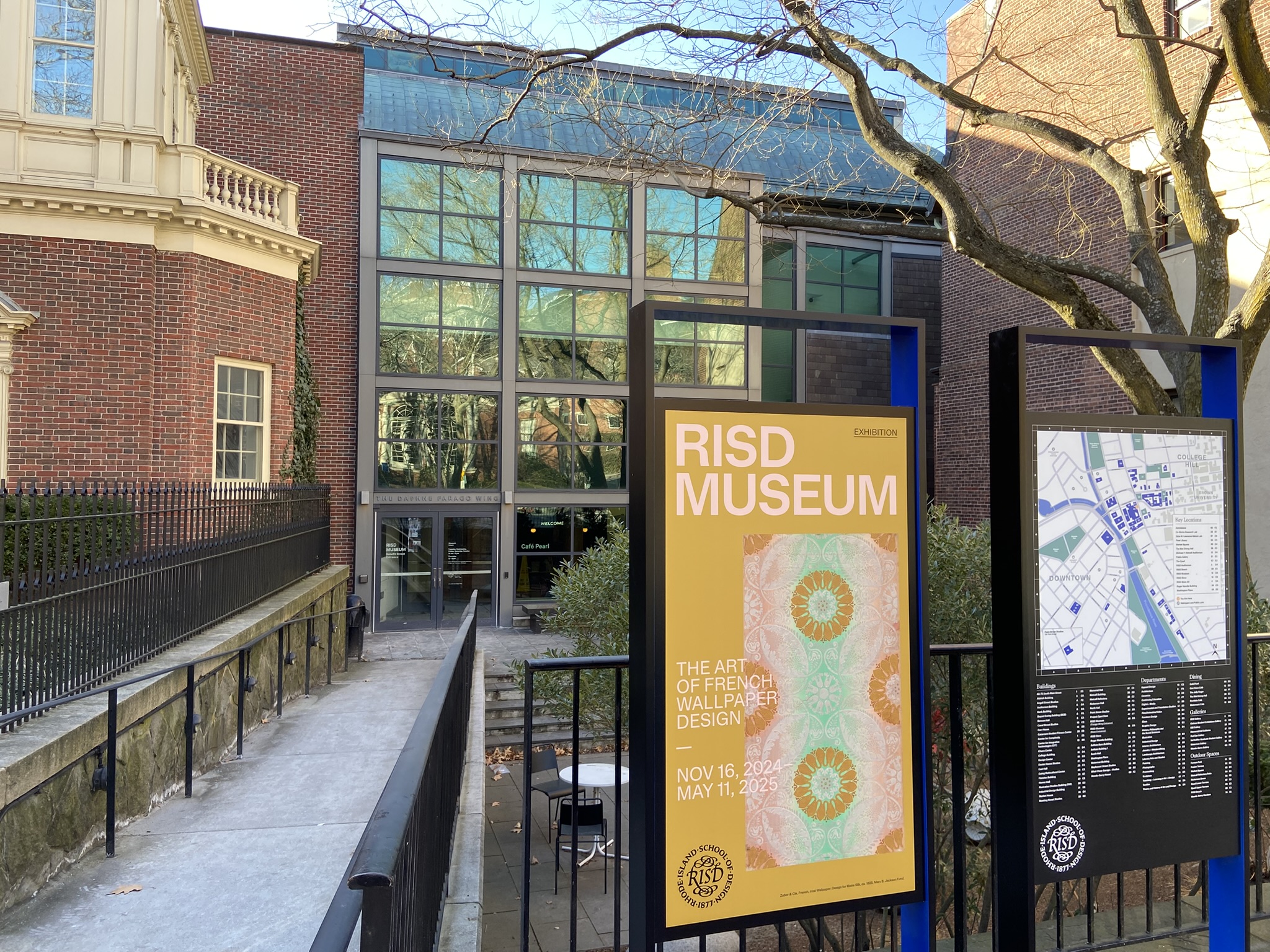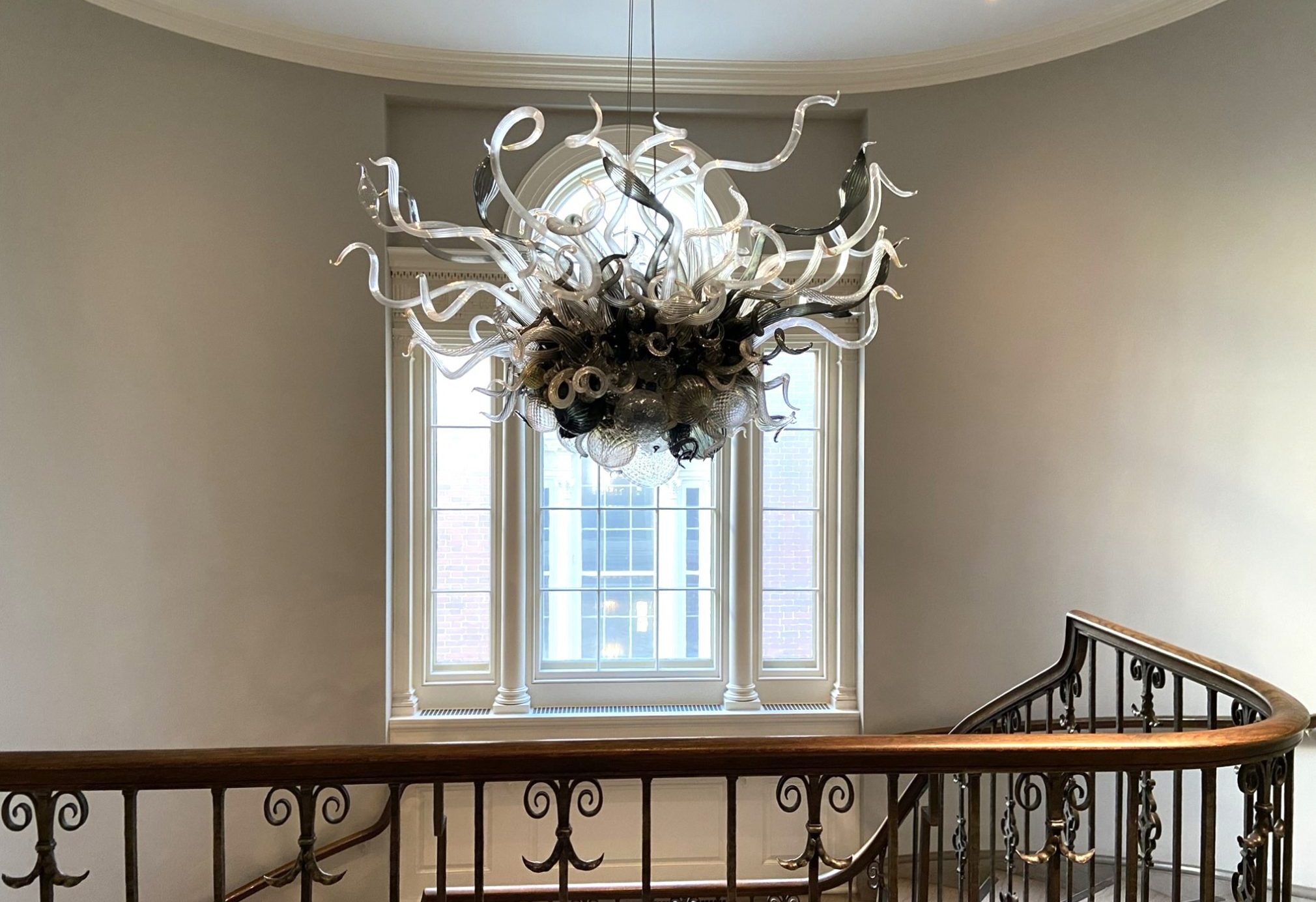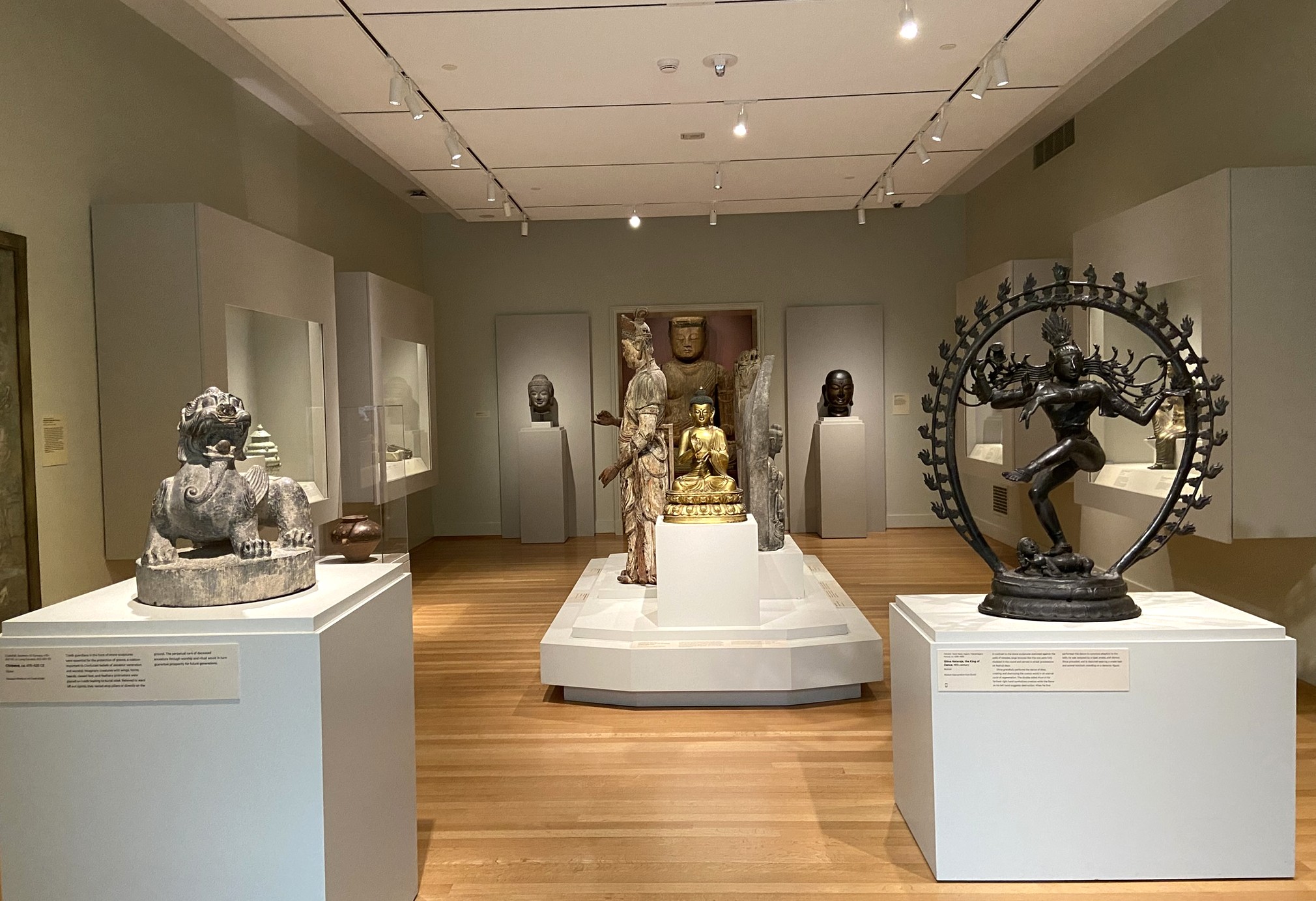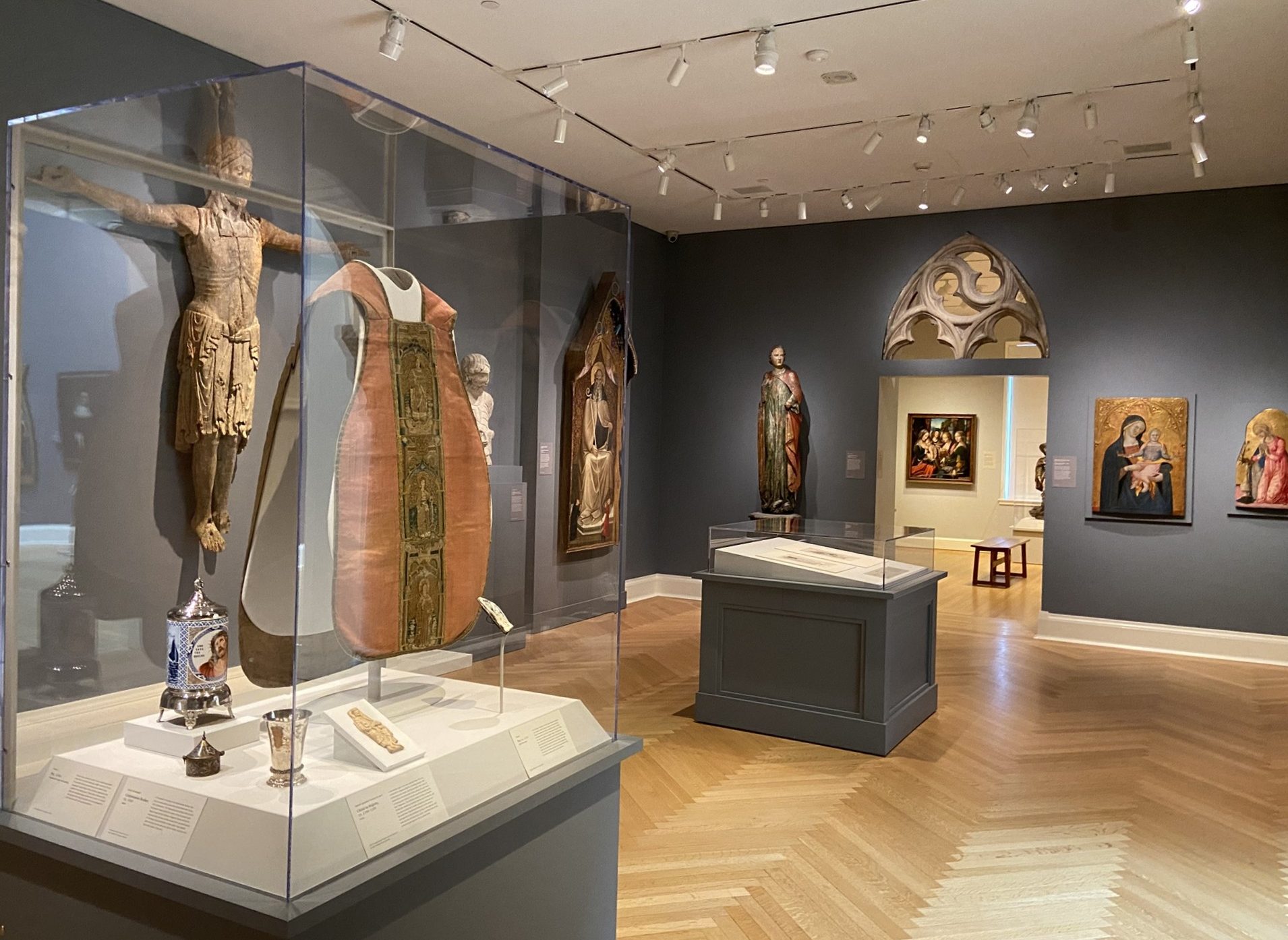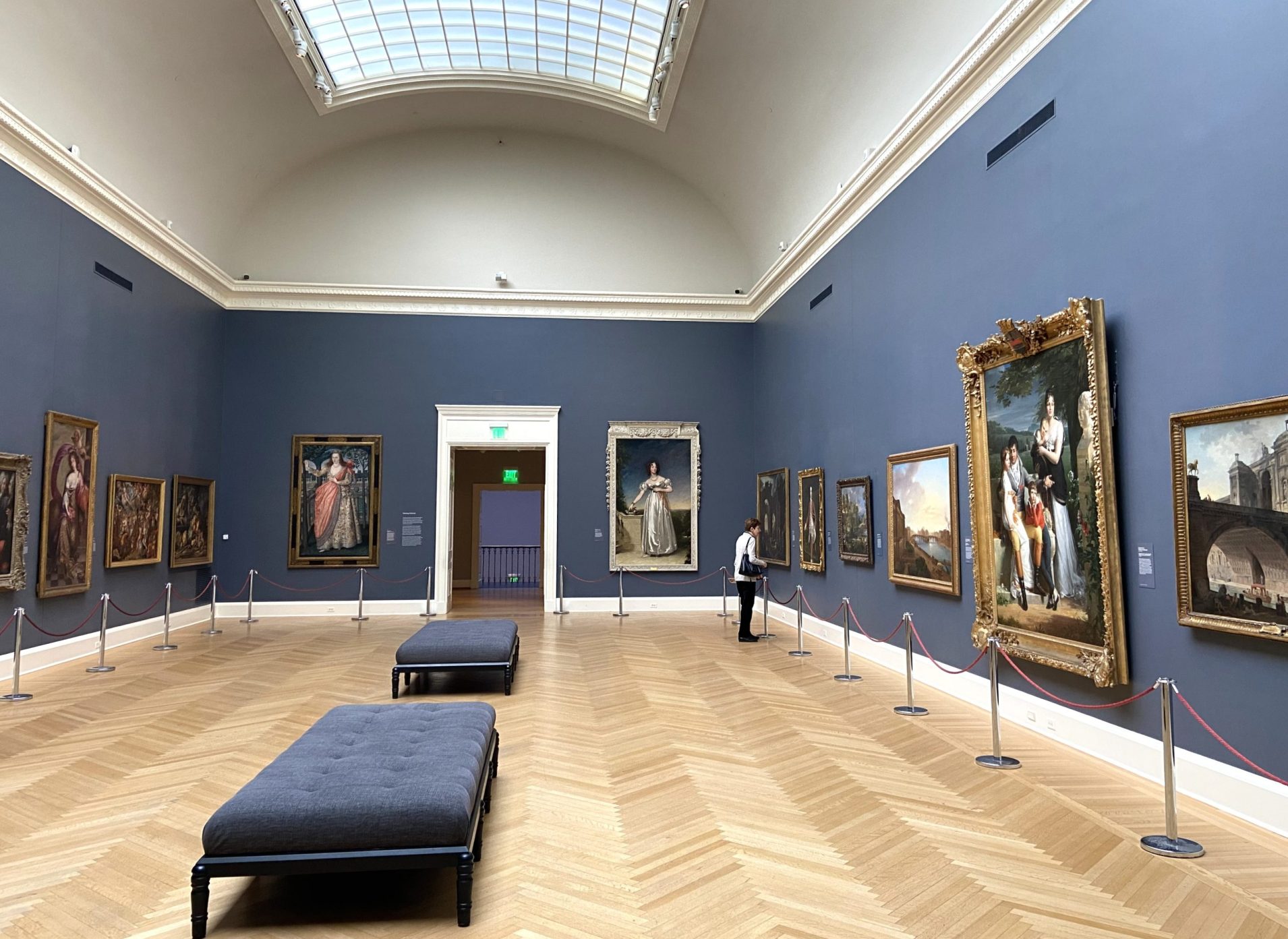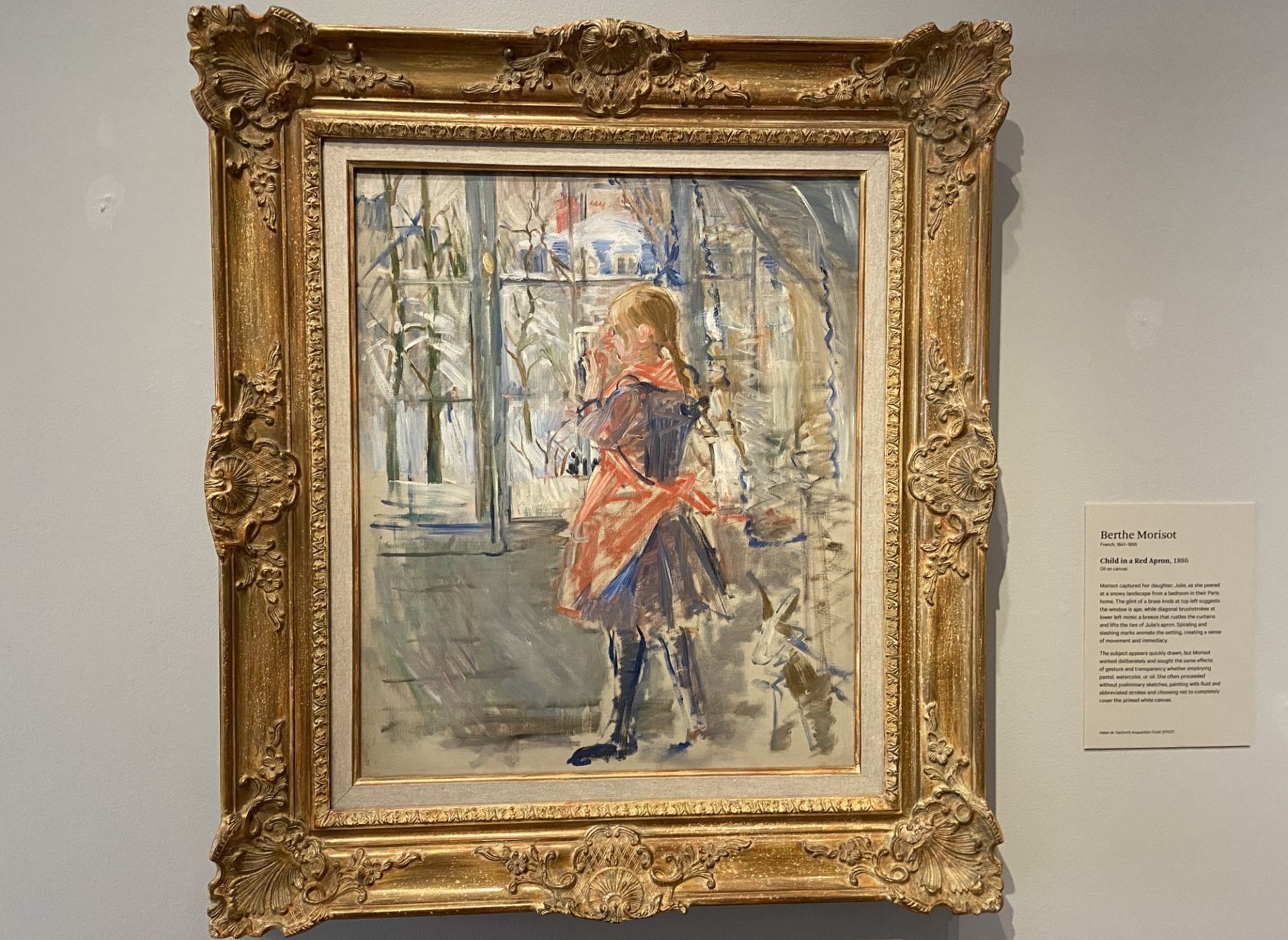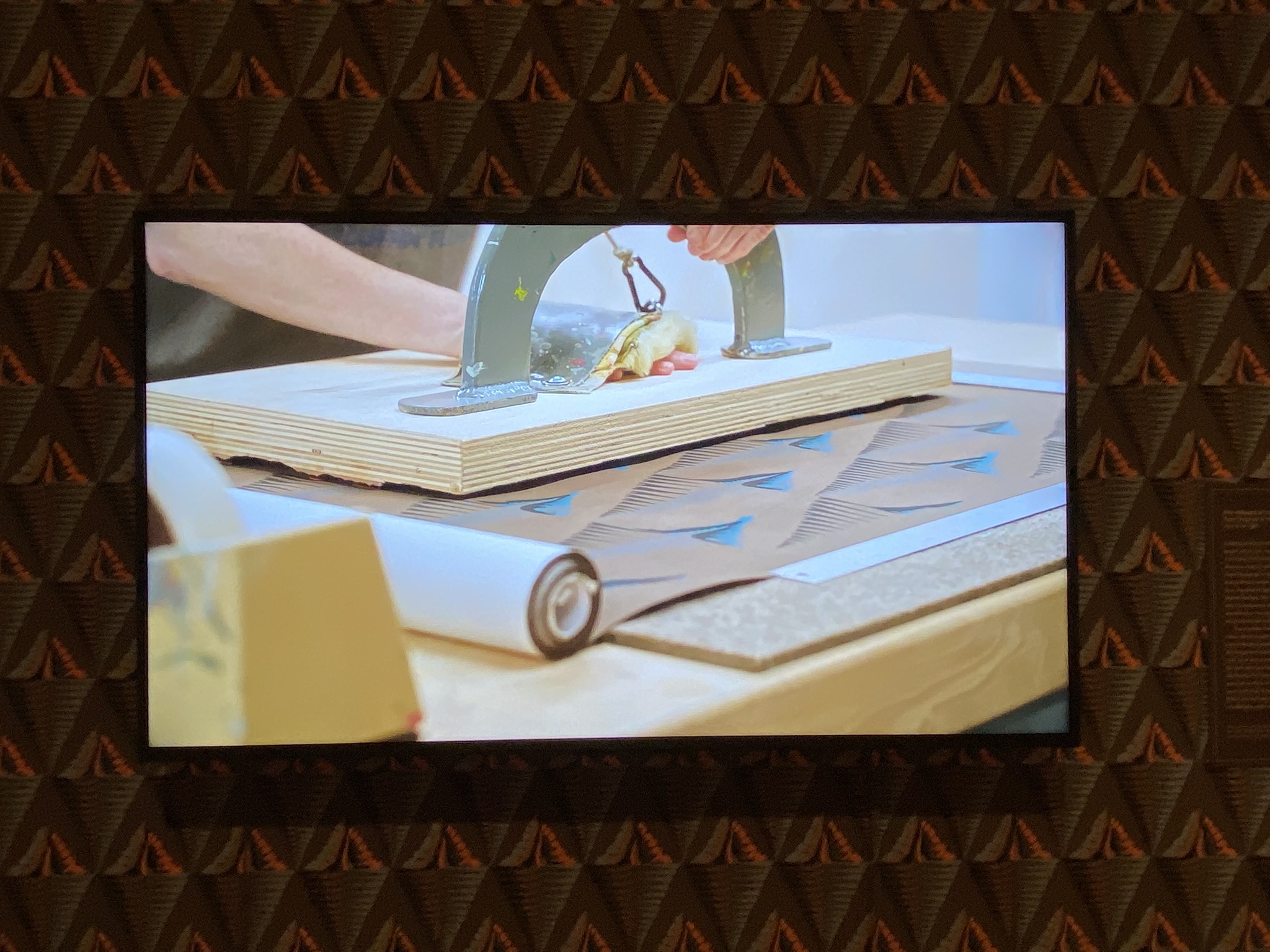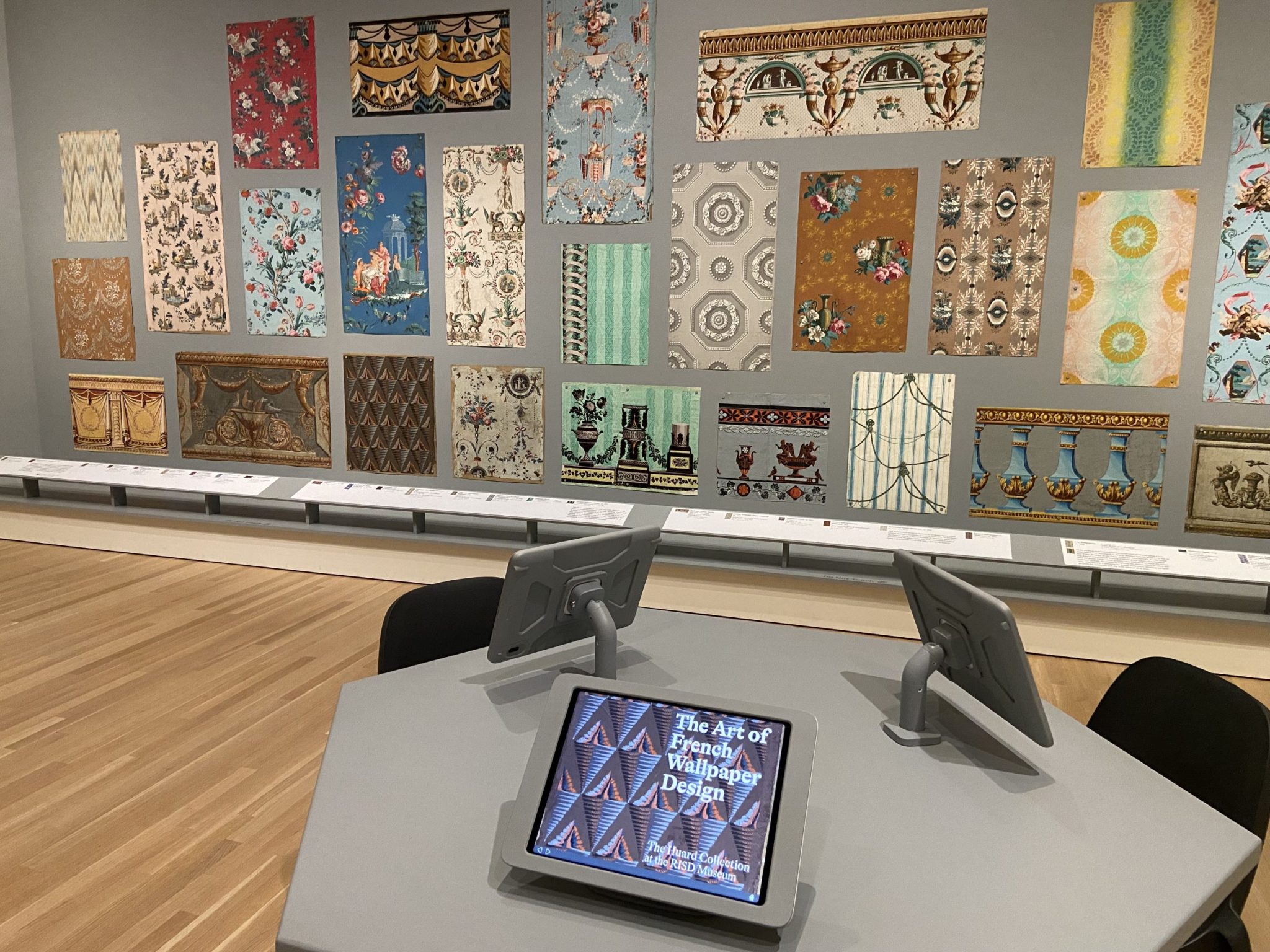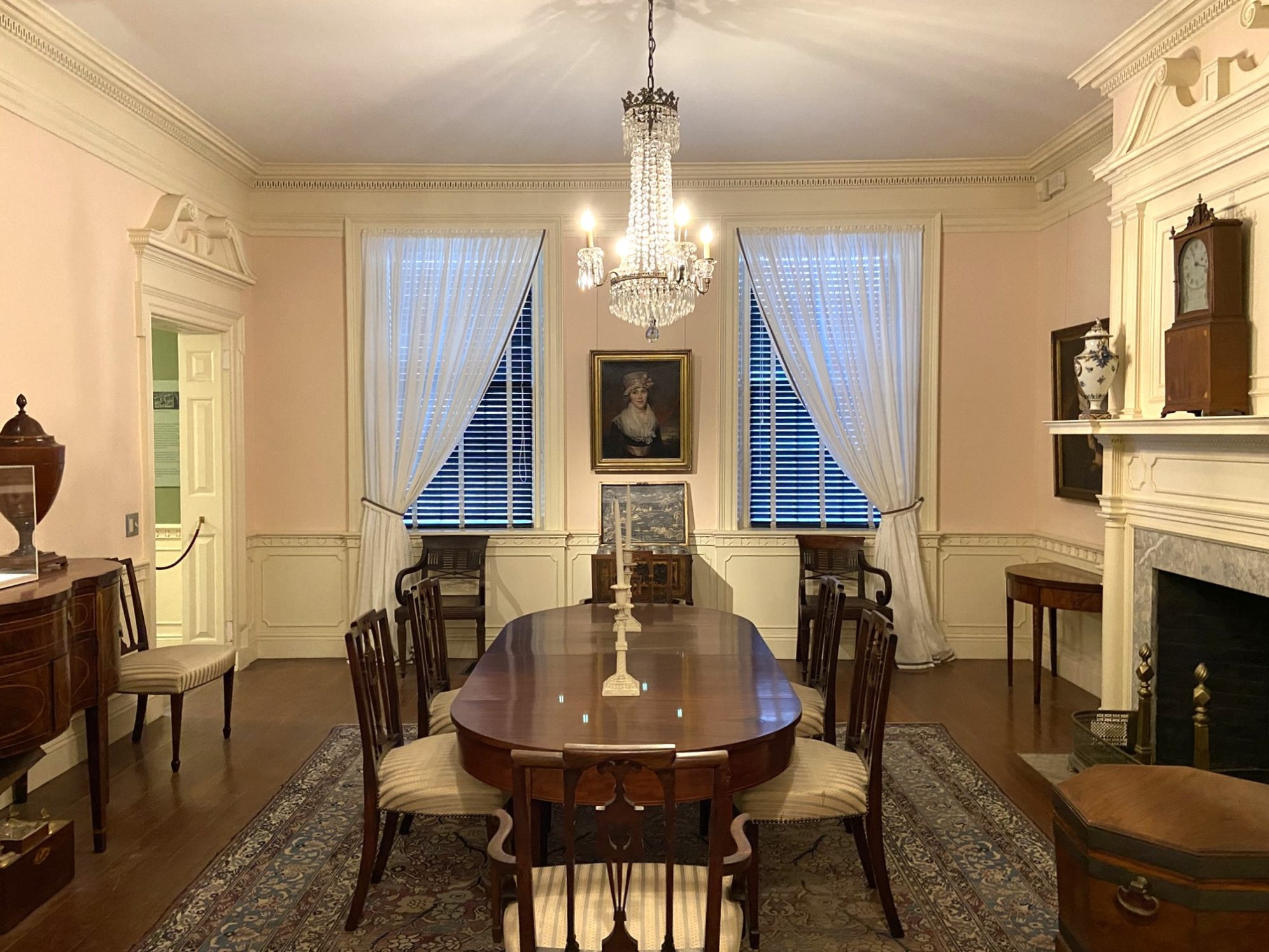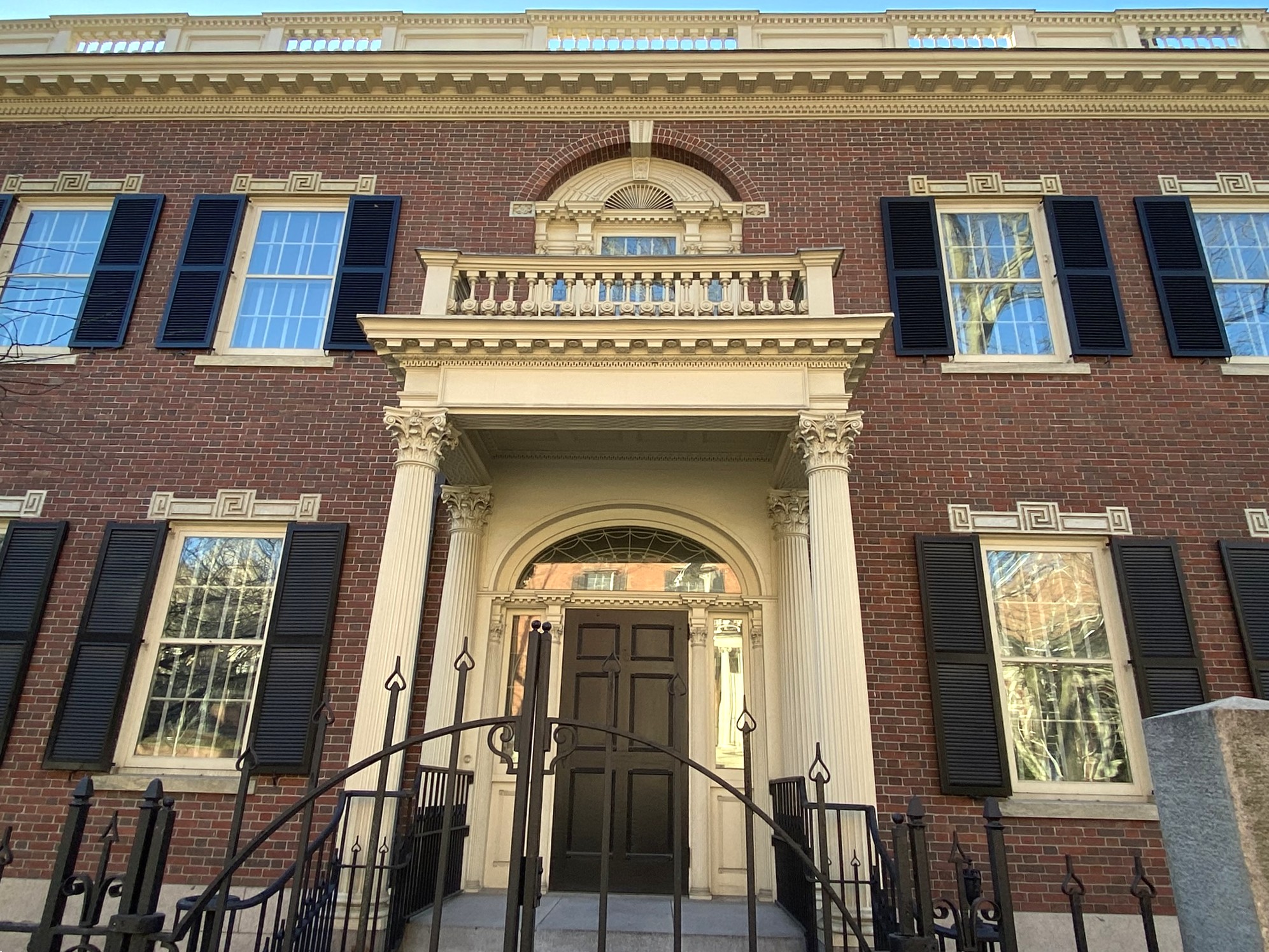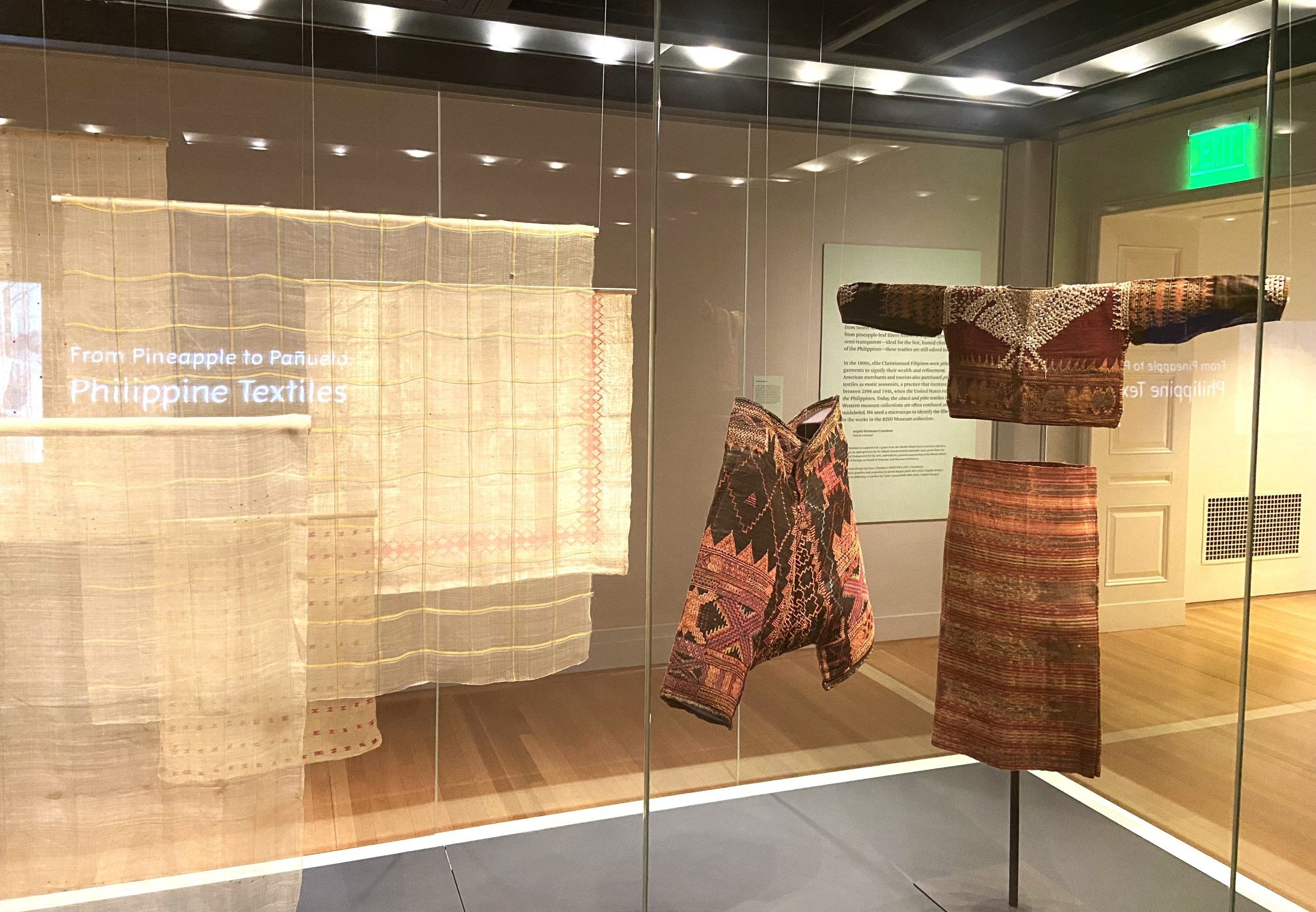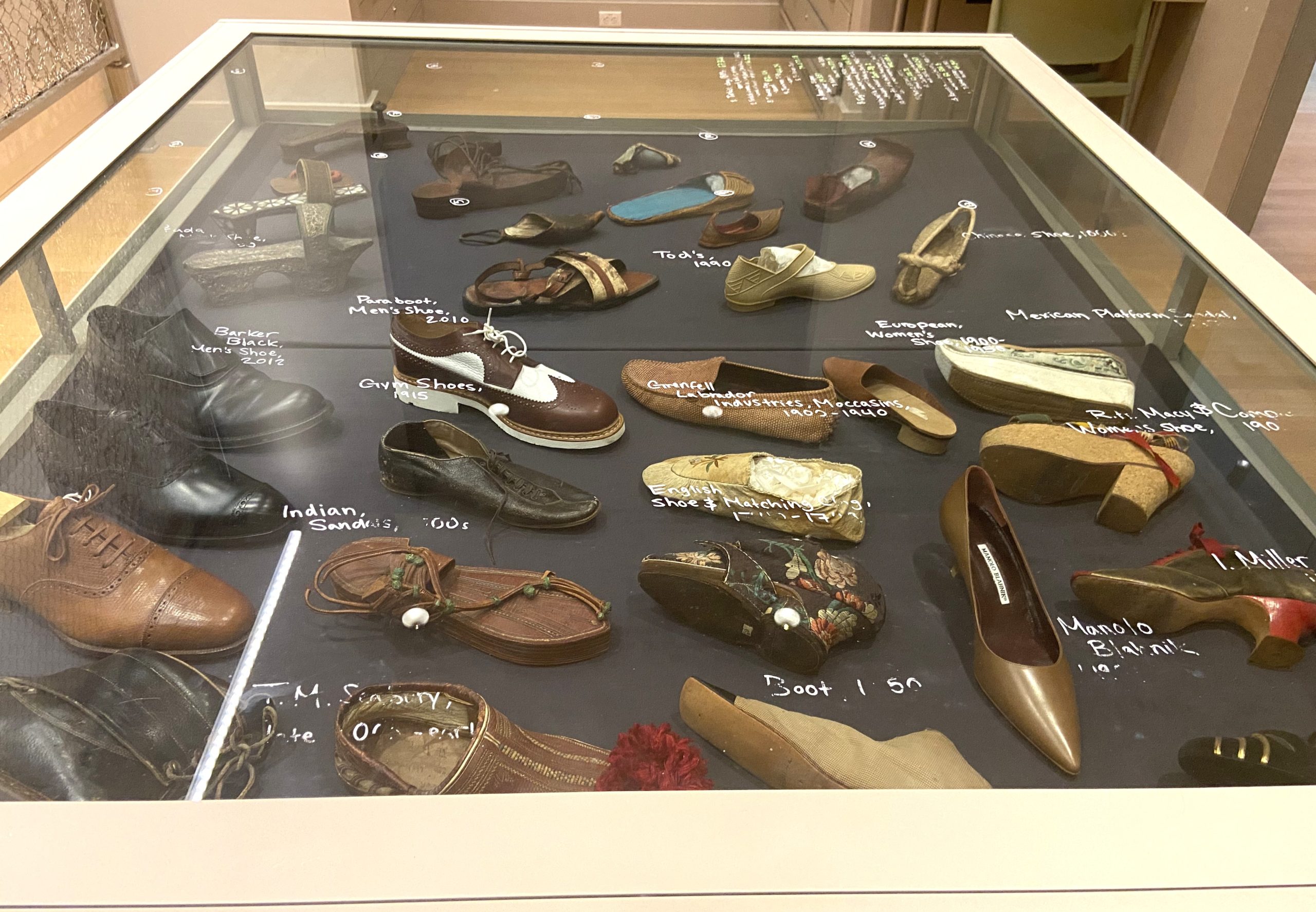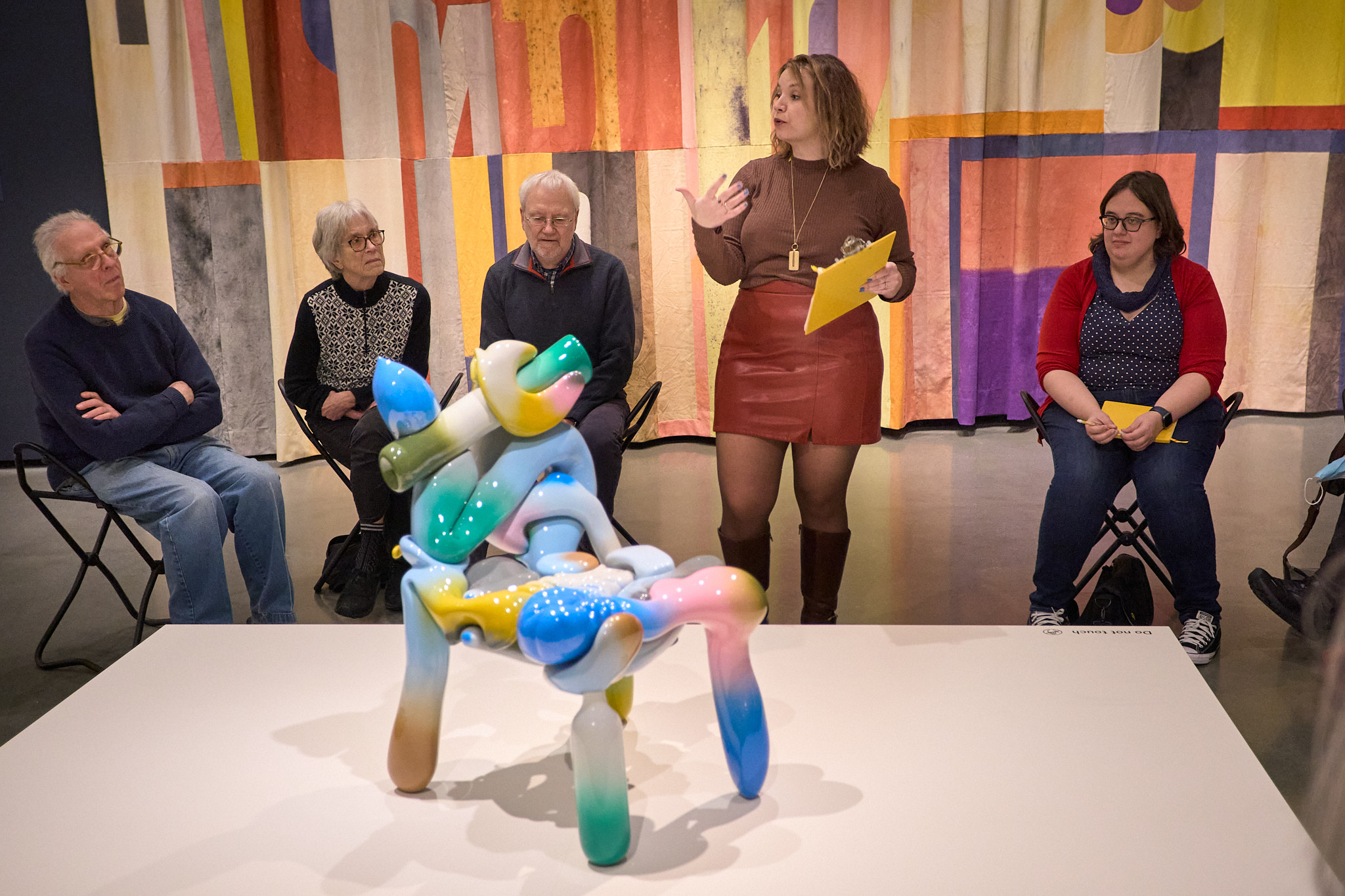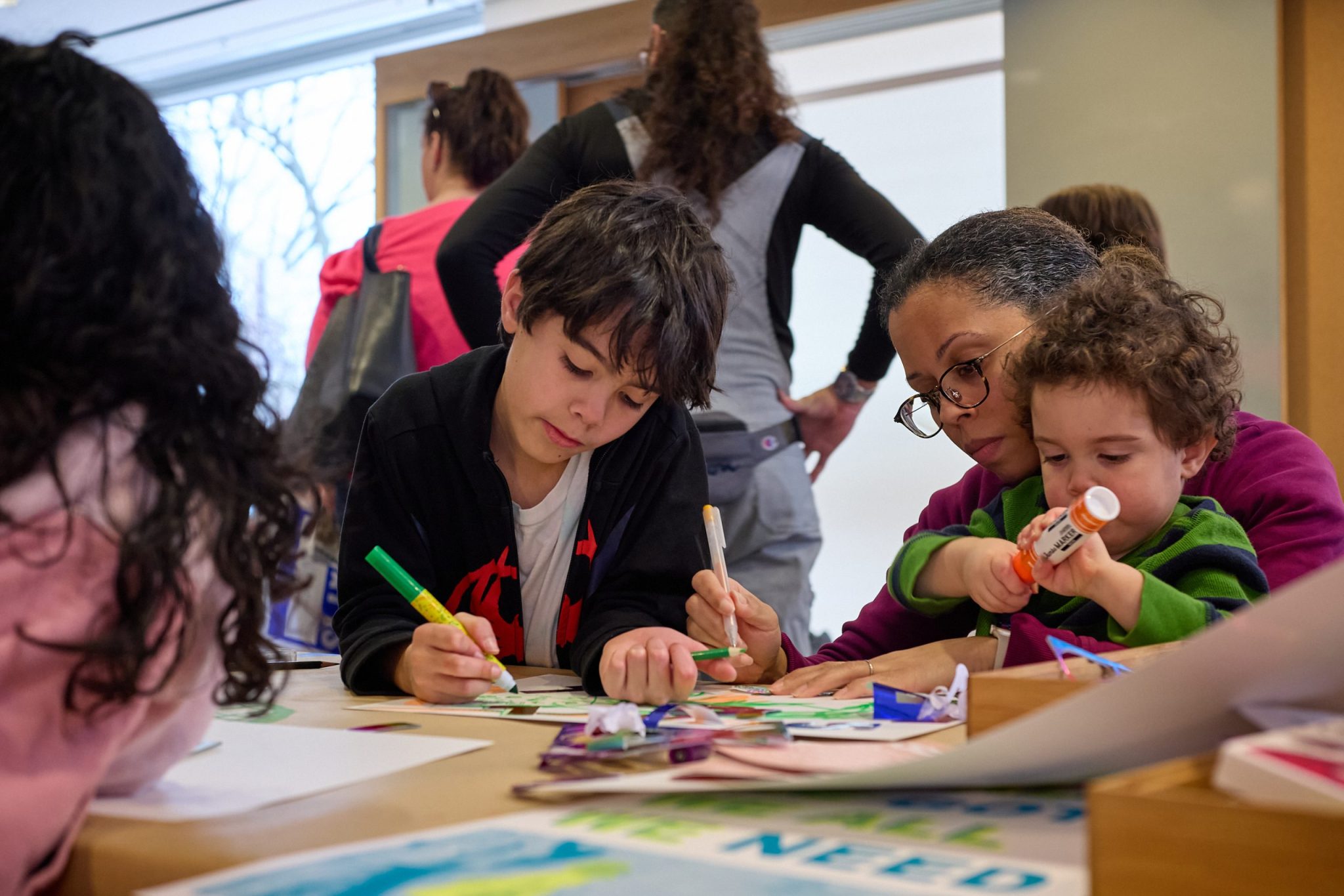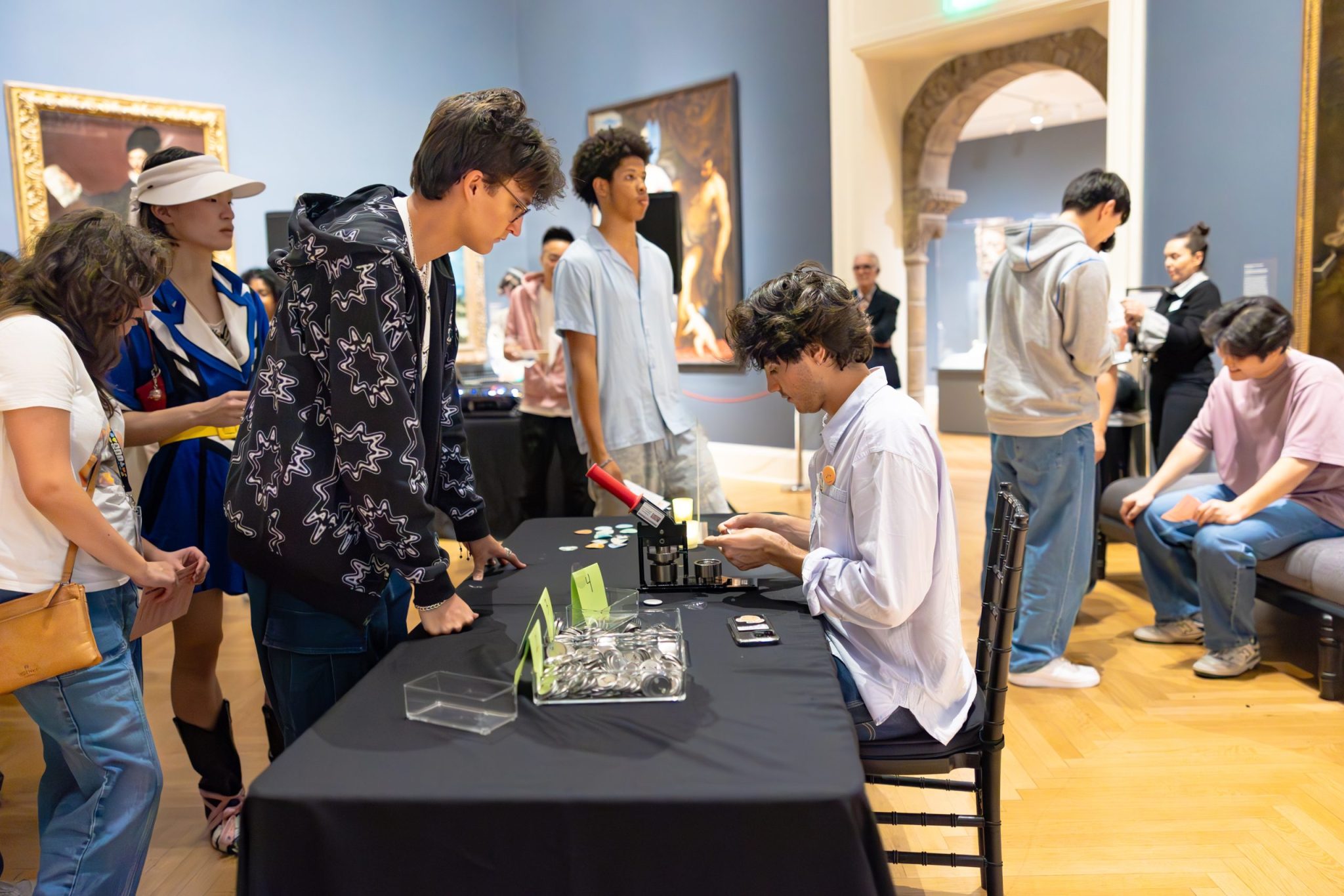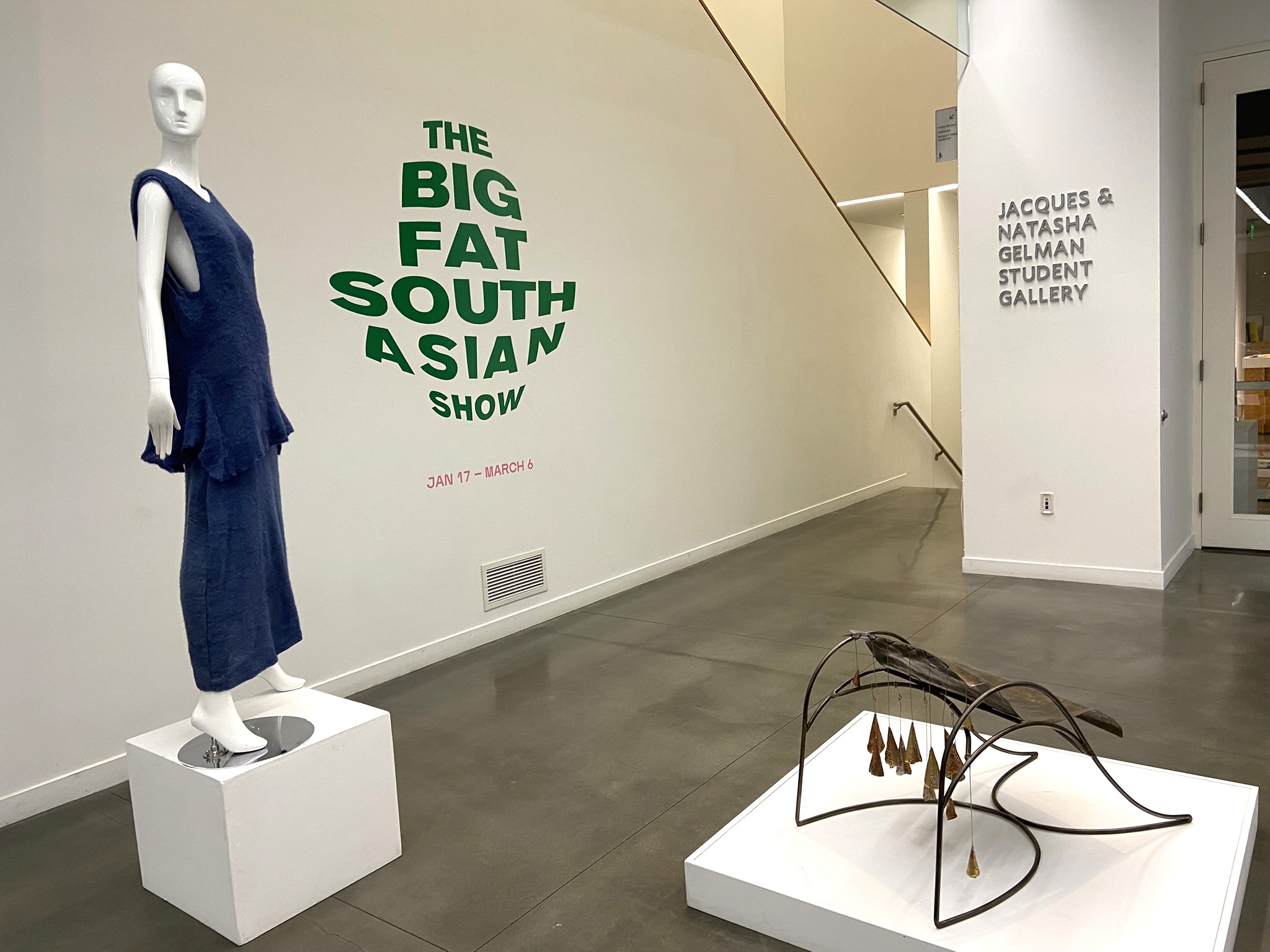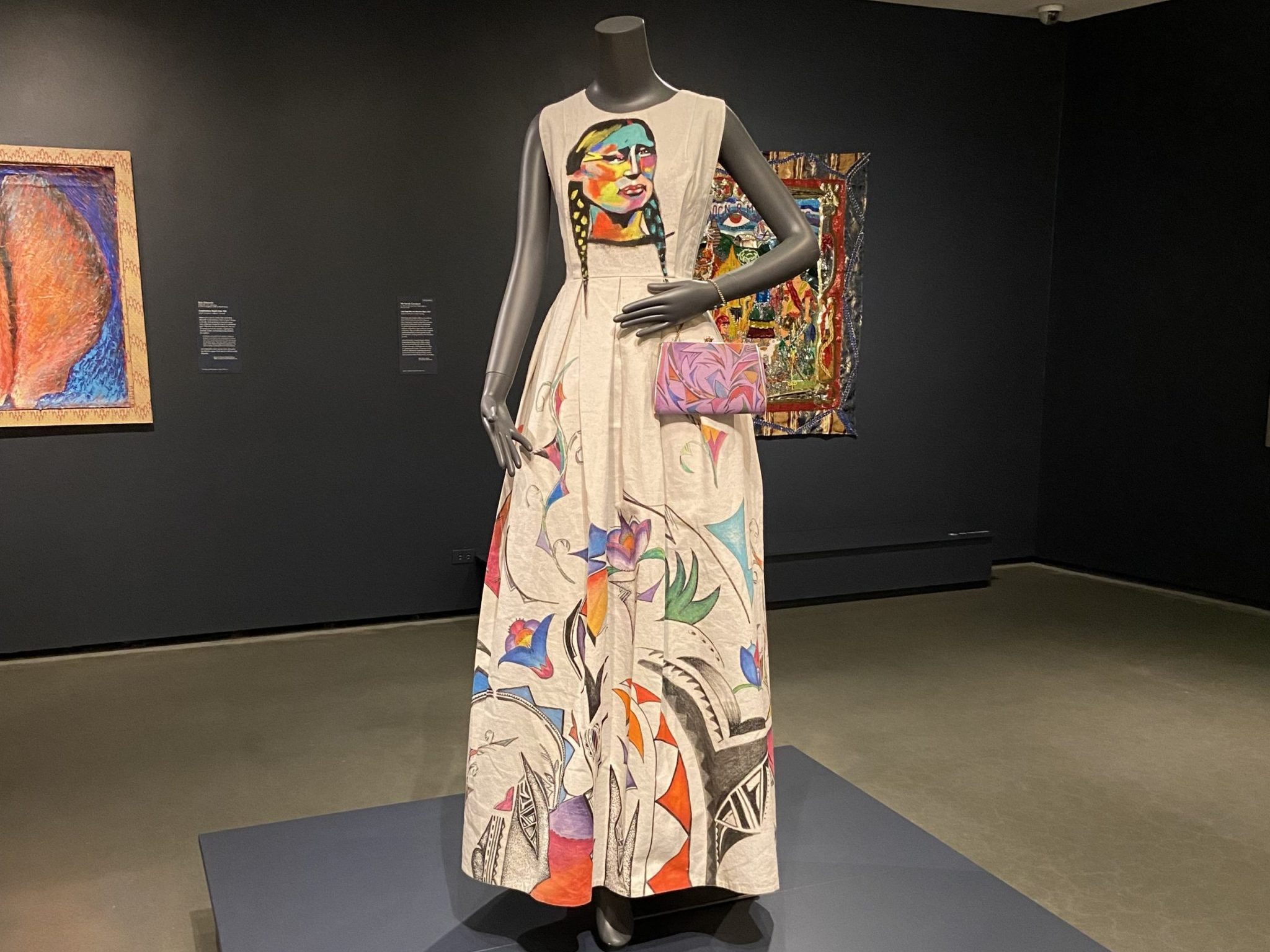College and university art museums, each with a distinctive history and focus, can be inspiring resources not only for these institutions but also for the wider community. In Providence, the RISD Museum, the Rhode Island School of Design’s thoroughly engaging museum, has a collection with over 100,000 works of diverse global art and design spanning eras from ancient times (think Egyptian funerary artifacts) to the 21st century (a 2008 glass chandelier by RISD alumnus Dale Chihuly, for example). Consistent with the museum’s role as part of an art and design college, galleries and special exhibitions often focus on the makers and the artistic process, offering fresh, thought-provoking insights and context. And just as RISD educates its students to contribute to the world, the art museum—the largest in southeastern New England—aims to make creativity accessible to all.
Growing and Looking Forward
The Rhode Island School of Design (RISD) and its art museum were founded in 1877, in part to support the state’s booming textiles and jewelry businesses. Women including Helen Adelia Rowe Metcalf (1830–95) played key roles in the new private coeducational institution. Today RISD is one of the country’s leading art and design schools, with around 2,500 undergraduate and graduate students from around the world in 44 full-time bachelor’s and master’s programs. The RISD Museum has grown too, opening its galleries to the public in 1893 and gradually expanding to five interconnected buildings and acquiring more contemporary art.
In RISD’s 2023–24 fiscal year, some 130,000 people visited the museum in person, more than 66,000 of them for free. Former museum director John W. Smith, who served from 2011 to 2021, raised the museum’s profile, introducing free Sunday admission, increasing public programming, renovating galleries, and acquiring works by underrepresented artists and RISD graduates. In 2025, museum director Tsugumi Maki and her staff will begin to implement a new strategic plan based on research and many discussions. As she wrote in her recent Director’s Message, “We see a future where art and design drive positive change, where community dialogue is essential, and where creativity thrives. We envision a world where the RISD Museum serves as a hub for creativity, a place where everyone feels empowered to learn, explore, and imagine a more inclusive and sustainable world.”
Visiting the Museum
With 800 works on display on six levels, there’s plenty to see. At the Benefit Street entrance, an “experimental space” designed to make all visitors feel welcome provides basic information (what the museum collects, how objects are displayed, how to read an object label) and some artworks, along with questions encouraging viewers to consider how the works relate to their own experiences.
Special exhibits exemplify the museum’s distinctive approach. The sumptuous, intricate wallpapers in “The Art of French Wallpaper Design” (through May 11, 2025) are colorful examples of woodblock printing done in France between 1770 and 1840. Charles Huard and Frances Wilson Huard collected the wallpapers in the 20th century. Although the subject is specialized, the wallpapers come to life through a video showing the printing process (the result is on the gallery wall), texts about how makers collaborated on designs, and touch screens with additional information. “From Pineapple to Pañuelo: Philippine Textiles” (through August 24, 2025) uses historical photos, a video of the process, and the museum’s examples to examine how (and why) the delicate, detailed accessories and clothing were made from pineapple leaf and banana plant fibers. Through July 20, 2025, “Trading Earth: Ceramics, Commodities, and Commerce” displays ceramic vessels that held goods like coffee, tea, and chocolate, and looks at the artistic and economic effects of global trade. Opening February 1, “Process Works: Intersections of Photography and Print ca. 1825 to Today” (through July 20, 2025) explores the evolution of photographic printmaking.
The RISD Museum’s collection is wide-ranging, but here are a few highlights. On view from 2022 through September 1, 2026, the large exhibition “Art and Design from 1900 to Now” evolved from discussions among museum staff, teachers and students at RISD, and a number of artists. Among its five themed sections are the Poetry of Daily Life and Resistance. The eleven European galleries display works of art and the decorative arts from the 11th to 20th century, including paintings by Paul Cézanne, Berthe Morisot, and Vincent van Gogh. Accompanying texts discuss the processes and social forces that shaped the art. Galleries devoted to Asia display works spanning 4,000 years, while the Pendleton House (built 1904–06) displays American decorative arts in what was the first museum wing devoted to that subject. In the enjoyable Costume and Textiles Study Center, visitors can open drawers to look at objects from an abolitionist-themed textile to Manolo Blahnik shoes. One tip: the museum map is invaluable, as the connections between the buildings and levels can be confusing.
Embracing Community
The RISD Museum’s community is a broad one, encompassing the public as well as college students and practicing artists, and its calendar of programs and events is busy. Almost 4,300 people participated in family programs during the 2023–24 fiscal year (the year for all figures in this section), such as Tours for Tots and Family Sketch & See. Martin Luther King Jr. Weekend, with free admission and art activities, is very popular, as is Super Art Sunday. The RISD Art Circle is a group of teens meeting weekly and exploring objects in the collection.
K–12 students benefit from gallery visits or classroom visits that feature creative projects as well as conversations (this writer witnessed one and wanted to join in and sketch), and about half of the 7,600 students came for free. The museum also has resources for teachers. Ongoing programs for adults include free Ways of Looking sessions, guided conversations about one work; some other programs focus on special exhibitions.
RISD students can propose and mount exhibitions at the museum’s Gelman Student Gallery, one of the college’s main spaces for showing students’ work. RISD students (and faculty and staff) have free museum admission, and the museum functions as part of the campus. A variety of pre-professional positions are available for students; other professional development opportunities at the RISD Museum are for museum professionals, faculty, and artists. The museum also has nine other local and regional institutions that are member institutions—including Brown University, with which RISD has a dual degree program—and offer free admission and support for study visits.
Side Dish
The museum partners with Providence favorite Bolt Coffee at the on-site Café Pearl, an airy space that’s perfect for taking in the creative RISD vibe while savoring coffee, light bites (like avocado toast), and pastries. At the excellent Massimo, a one-mile ride from the museum, fresh regional Italian fare is the specialty. This relaxed, welcoming restaurant in Federal Hill near downtown shines with dishes from Tuscan ribollita to ricotta ravioli to a cannoli trio. Massimo is open for lunch and dinner; check for lunch, happy hour, and Monday specials.
By Linda Cabasin who is a travel editor and writer who covered the globe at Fodor’s before taking up the freelance life. She’s a contributing editor at Fathom. Follow Linda on Instagram at @lcabasin.
Featured Photo: The Benefit Street entrance of the RISD Museum. Photo by Linda Cabasin

